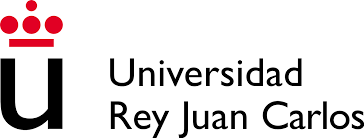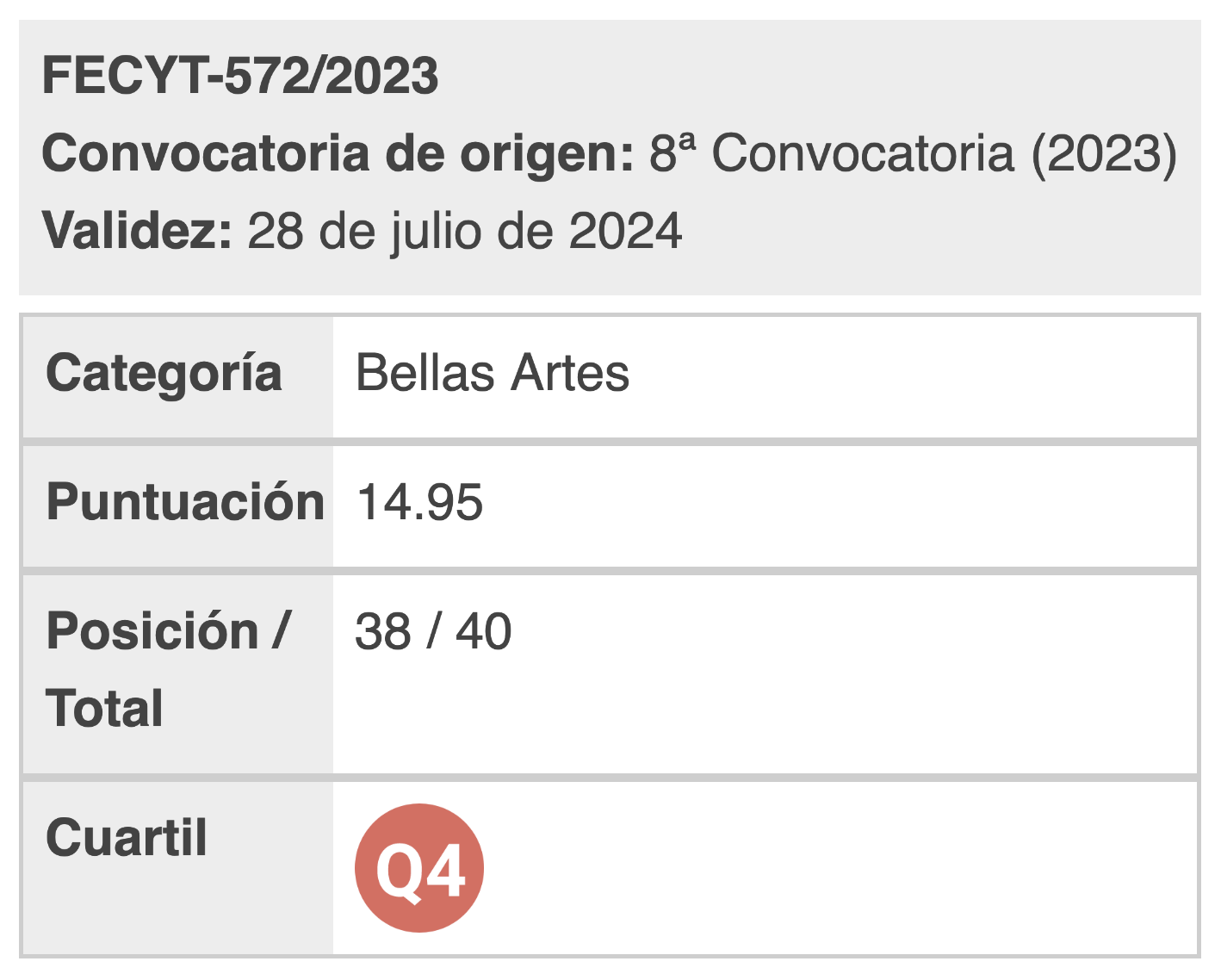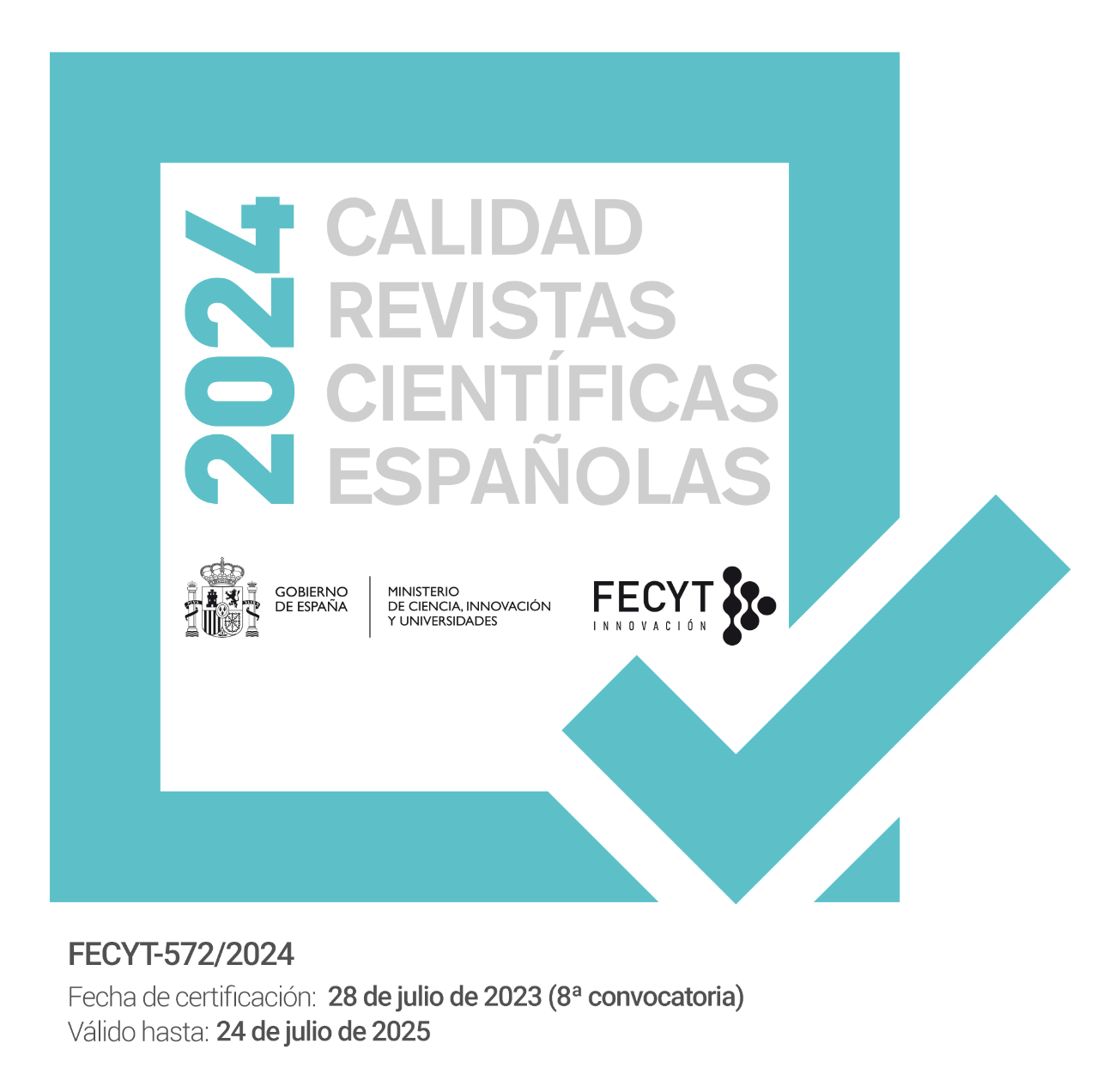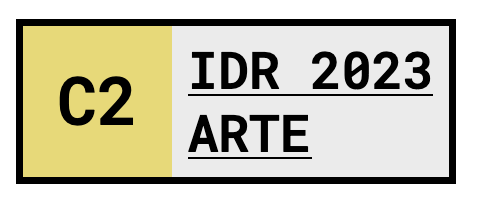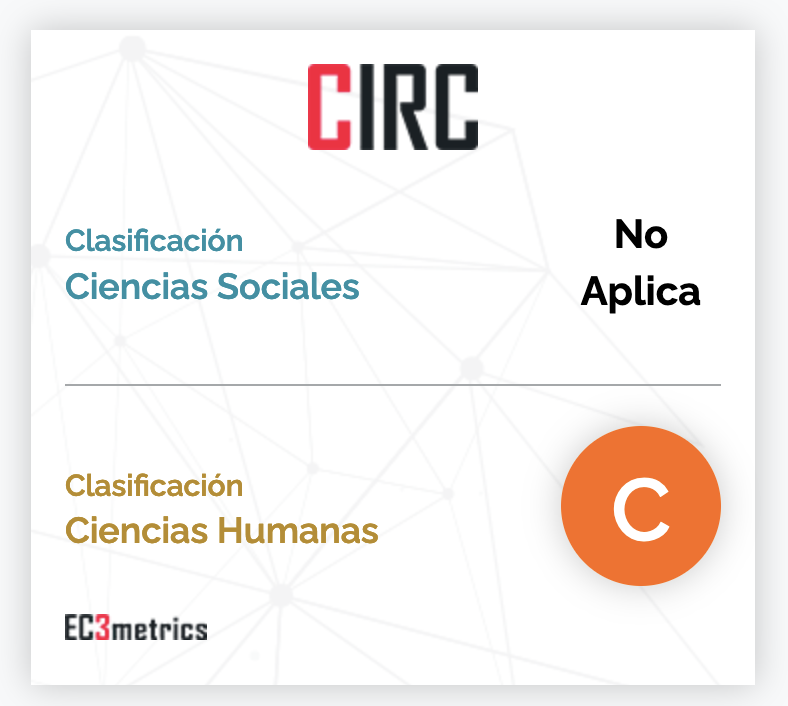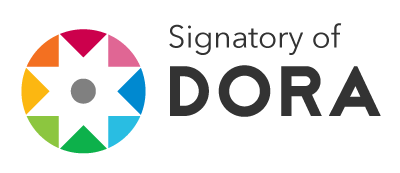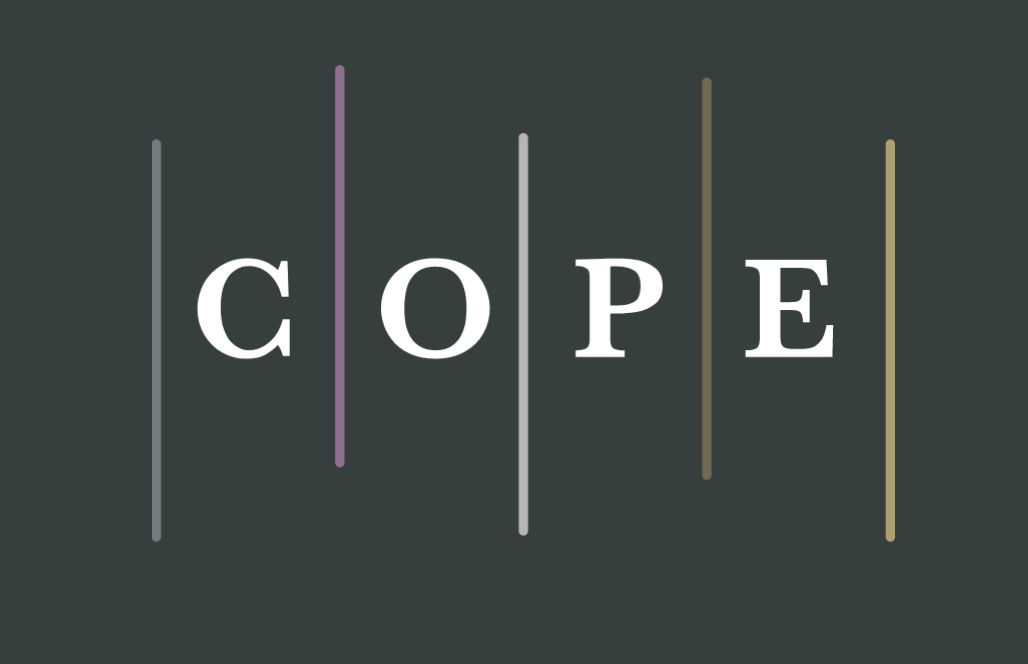APPROACH TO INTERACTIVE DANCE AND DIGITAL DANCE CREATION: REVIEW OF PROPOSALS AND FUTURE LINES.
DOI:
https://doi.org/10.33732/ASRI.6532Keywords:
interactive dance, creation with code, programming software, video danceAbstract
The multidisciplinary scenic proposals of connection between dance, body, video, and interactive devices present reflections on the classical difference between the rational and the emotional, the physical and the intangible. Interactive dance is a type of audiovisual performance, with precedents in video dance, live cinema, and other performative practices, which in recent years has gathered the functions of code as a cultural form. Digital audiovisual creation is a field of high potential, due to its transdisciplinary capacity. If the creation with code was created as a problem or matter of disciplines such as engineering, it has moved to the whole field of artistic practices. Through these projects, the creation with code is one more of the wide range of perspectives that are found in the field of interactivity between digital systems and scenic practices, collecting at the same time a whole legacy of relationship between dance and technology - which collaborates with it more than being a tool at its disposal. In the paper, a critical analysis of works of interrelation between dance and audio-visual proposals is made, with mention of the possibilities for composition, improvisation, and interpretation which companies and audio-visual collectives are already using, along with a brief reflection on its future.References
Álvarez Lojo, F., Rivero, E., Siri, I., Bacigalup, A., Loaiza Carvajal, D. A., González Moreno, H., y Ojcius, C. (2015). Un lenguaje de programación para el cuerpo. Revista Invasión Generativa, 2, 125-143. Recuperado de http://sedici.unlp.edu.ar/bitstream/handle/10915/154796/Documento_completo.-Un%20lenguaje%20de%20programaci%C3%B3n%20para%20el%20cuerpo-OCR-PDFA.pdf?sequence=1
Ascott, R. (1999). Reframing Consciousness: Art, Mind, and Technology. Intellect.
Bay-Cheng, S., Kattenbelt, C., Lavender, A. y Nelson, R. (2010). Mapping Intermediality in Performance. Amsterdam University Press.
Berman, A. y James, Valencia (2015). Kinetic Imaginations: Exploring the Possibilities of Combining AI and Dance. En Proceedings of the Twenty-Fourth International Joint Conference on Artificial Intelligence (IJCAI 2015) Recuperado de https://www.ijcai.org/Proceedings/15/Papers/344.pdf
Birringer, J. (2004). Dance and Interactivity. Dance Research Journal, 36(1), 88-111.
Cao, Z., Hidalgo Martínez, G., Simon, T., Wei, S., y Sheik, A. (2021). OpenPose: Realtime Multi-Person 2D Pose Estimation using Part Affinity Fields. IEEE Trans Pattern Anal Mach Intell, 43,1, 172-186. http://doi.org/10.1109/TPAMI.2019.2929257
Causa, E. (2015). Cuerpo, movimiento y algoritmo. Cuaderno 51. Cuadernos del Centro de Estudios en Diseño y Comunicación, 51, 63-76. Recuperado de http://fido.palermo.edu/servicios_dyc/publicacionesdc/archivos/523_libro.pdf
Ceriani, A. [WEBCAMDANZA] (2009). Pieza para rostro y espalda [Vídeo]. Youtube. https://www.youtube.com/watch?v=lWXoRlIXLWA
Ceriani, A. (2017). Génesis y actualidad de la escena tecnológica de Buenos Aires (1996-2016). Estudio de lo analógico a lo digital en la Danza Performance. [Doctorado en Artes. Facultad de Bellas Artes]. Universidad Nacional de La Plata. Argentina. Recuperado de http://sedici.unlp.edu.ar/bitstream/handle/10915/66424/Documento_completo.pdf-PDFA.pdf?sequence=1&isAllowed=y
Ceriani, A. (2018). Realidad aumentada interactiva: nuevas interfaces tecnológicas para la escena. Revista Invasión Generativa, 3, 65-74. Recuperado de http://sedici.unlp.edu.ar/handle/10915/154810
deLahunta, S. (2010). Shifting Interfaces: art research at the intersections of live performance and technology. [Tesis doctoral en Filosofia. Dartintong College of arts.]. University of Plymouth. https://core.ac.uk/download/29818758.pdf
deLahunta, S. (2002). Software for Dancers: Coding Forms. Performance Research, 7, 2, 96-102.
deLahunta, S. (2016). Wayne McGregor´s Choreographic Language Agent. En M. Bleeker (Ed.). Transmission in Motion: The Technologizing of Dance (pp. 108-117). Routledge. https://doi.org/10.4324/9781315524177
deLahunta, S. y Koch, A. (2017). Dance Becoming Data Part Two: Conversation Between Anton Koch and Scott delaHunta. Computational Culture, 6. Recuperado de http://computationalculture.net/dance-becoming-data-part-two-conversation-between-anton-koch-and-scott-delahunta/.
Dixon, S. (2007). Digital Performance. A History of New Media in Theater, Dance, Performance Art and Installation. The MIT Press.
Dodds, S. (2004). Dance on Screen Genres and Media from Hollywood to Experimental Art. Palgrave McMillan.
Françoise, J., Fdili Alaoui, S. y Candau Y. (2022). CO/DA: Live-Coding Movement-Sound Interactions for Dance Improvisation. En Proceedings of the 2022 CHI Conference on Human Factors in Computing Systems (CHI '22) (pp. 1-13). Association for Computing Machinery, New York, NY, USA, Article 482. https://doi.org/10.1145/3491102.3501916
Giannetti, C. (1997). Metaformance. El sujeto-proyecto. Luces, cámara, acción (…). corten! En Videoacción: el cuerpo y sus fronteras. (pp. 1-15). IVAM.
Gillian, N. y Nicolls, S. (2011). A gesturally controlled improvisation system for piano. En NIME 2011: New Interfaces for Musical Expression, Copenhague. Recuperado de https://bura.brunel.ac.uk/bitstream/2438/8107/2/Fulltext.pdf
Gündüz, Z. (2011). From Assistant to Performer: The Changing Role of Technologies. En A. Anderson, F. Malva y C. Berchild (eds.). The Visual in Performance Practice (pp. 155-163), Brill. https://doi.org/10.1163/9781848880665_017
Gómez Jáuregui, D. A., Dongo, I. y Couture, N. (2019). Automatic Recognition of Soundpainting for the Generation of Electronic Music Sounds. En NIME 2019: The International Conference on New Interfaces for Musical Expression (pp. 59-64).
Hardman, G. (2015). Hacia el realismo especulativo. Caja Negra.
Marí-Altozano, M. E. (2021). Body synthesis: Proyecto de creación musical basado en el reconocimiento gestual. [Tesis de máster. Facultad de Ciencias de la Comunicación]. Universidad de Málaga.
Martínez Pimentel, L. C. (2010). La coreografía digital interactiva. Laboratorio de Investigaciones Avanzadas del Cuerpo. Universidad Federal de Bahía. https://www.academia.edu/2177314/La_Coreograf%C3%ADa_Digital_Interactiva
Naugle, L. M. (2002). Distributed Choreography. PAJ: A Journal of Performance and Art, 24, 2, 56–62. https://doi.org/10.1162/152028102760049328
Ribeiro, C., Kuffner, R., Fernandes, C. y Pereira, J. (2016). 3D Annotation in Contemporary Dance: Enhancing the Creation-Tool Video Annotator. En Proceedings of the 3rd International Symposium on Movement and Computing (MOCO ’16). ACM. http://dx.doi.org/10.1145/2948910.2948961
Ribeiro, C., Kuffner dos Anjos, R. y Fernandes, C. (2017). Capturing and Documenting Creative Processes in Contemporary Dance. En Proceedings of ACM 4th conference on movement computing, London, UK, (MOCO’17), 7 http://doi.org/10.475/1234
Schechner, R. (2002). Foreword: Fundamentals of Performance StudiesEn: , en N. Stucky y C. Wimmer, eds., Teaching Performance Studies. Southern Illinois University Press.
Sedeño-Valdellós, A. (2018). Videodanza: propuesta de modalidades de una práctica videoartística. En C. Nocili y A. M. Díaz Olaya (eds.), Abriendo fronteras: enfoques interdisciplinares de la Coreología (pp. 109-120). Editorial Libargo.
Sheets-Johnstone, M. (1999). Emotion and movement. A beginning empirical-phenomenological analysis of their relationship. Journal of Consciousness, 6(11-12), 259-277.
Sicchio, K. (2014). Hacking Choreography: Dance and Live Coding. Computer Music Journal, 38(1), 31–39. http://doi.org/10.1162/COMJ a 00218
Vincent, J.B., Vincent, C., Vincs, K. y McCormick, J. (2016). Navigating control and illusion: functional interactivity versus ‘faux-interactivity’ in transmedia dance performance. International Journal of Performance Arts and Digital Media, 12(1), 44-60. http://10.1080/14794713.2016.1161955
Warburton, E. C. (2011). Of meanings and movements: Re-languaging embodiment in dance phenomenology and cognition. Dance Research Journal, 43(2), 65–84. https://doi.org/10.1017/S0149767711000064
Wechsler, R. (1997). Computers and art: a dancer’s perspective. IEEE tecnology in society magazine, fall. 16(3), 7-14. https://doi.org/10.1109/44.605946
WHOLODANCE (2015).Whole-Body Interaction Learning for Dance Education. H2020-ICT-2015. Recuperado de http://www.wholodance.eu/wp-content/uploads/2016/11/D1.5-Data-Acquisition-Plan_Submitted.pdf

Downloads
Published
How to Cite
Issue
Section
License

This work is licensed under a Creative Commons Attribution 4.0 International License.
You are free to:
Share — copy and redistribute the material in any medium or format.
Adapt — remix, transform, and build on the material for any purpose, including commercial.
Attribution — You must properly acknowledge the authorship, provide a link to the license, and indicate if any changes have been made.
You may do so in any reasonable manner, but not in any way that suggests that you endorse or receive any endorsement by the licensor for your use.
No additional restrictions — You may not apply legal terms or technological measures that legally restrict you from doing what the license allows.

